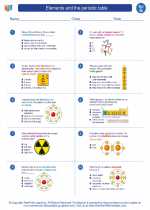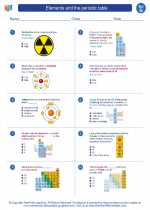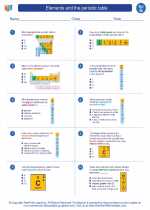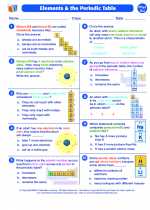Neuroscience Study Guide
Neuroscience is the study of the nervous system, including the brain, spinal cord, and networks of sensory nerve cells called neurons. It is a multidisciplinary field that incorporates aspects of biology, psychology, physics, and computer science to understand how the nervous system functions.
Key Concepts in Neuroscience
1. Neurons: These are the basic building blocks of the nervous system. Neurons transmit information through electrical and chemical signals.
2. Neurotransmitters: These are chemicals that transmit signals across synapses, which are the gaps between neurons. Examples include dopamine, serotonin, and acetylcholine.
3. Brain Structure: The brain is divided into different regions, each responsible for specific functions such as motor control, language, and memory.
4. Neuroplasticity: This refers to the brain's ability to reorganize itself by forming new neural connections throughout life, in response to learning or experience.
5. Neurological Disorders: These are conditions that affect the nervous system, such as Alzheimer's disease, Parkinson's disease, and epilepsy.
Study Tips
1. Understand the Basics: Start by learning the structure and function of neurons, as well as the different parts of the brain and their roles.
2. Use Visual Aids: Diagrams and illustrations can help you understand complex neural pathways and brain structures.
3. Stay Updated: Neuroscience is a rapidly evolving field, so make sure to keep up with the latest research and discoveries.
4. Practice Critical Thinking: Consider real-world applications of neuroscience concepts, such as the impact of certain drugs on neurotransmitter function.
5. Seek Help When Needed: If you're struggling with a concept, don't hesitate to ask your teacher or tutor for clarification.
By understanding the fundamental concepts of neuroscience and staying engaged with the latest developments in the field, you can develop a strong foundation in this fascinating area of study.
.◂Science Worksheets and Study Guides Seventh Grade. Elements and the periodic table

 Activity Lesson
Activity Lesson
 Worksheet/Answer key
Worksheet/Answer key
 Worksheet/Answer key
Worksheet/Answer key
 Worksheet/Answer key
Worksheet/Answer key
 Worksheet/Answer key
Worksheet/Answer key
 Vocabulary/Answer key
Vocabulary/Answer key
 Vocabulary/Answer key
Vocabulary/Answer key
